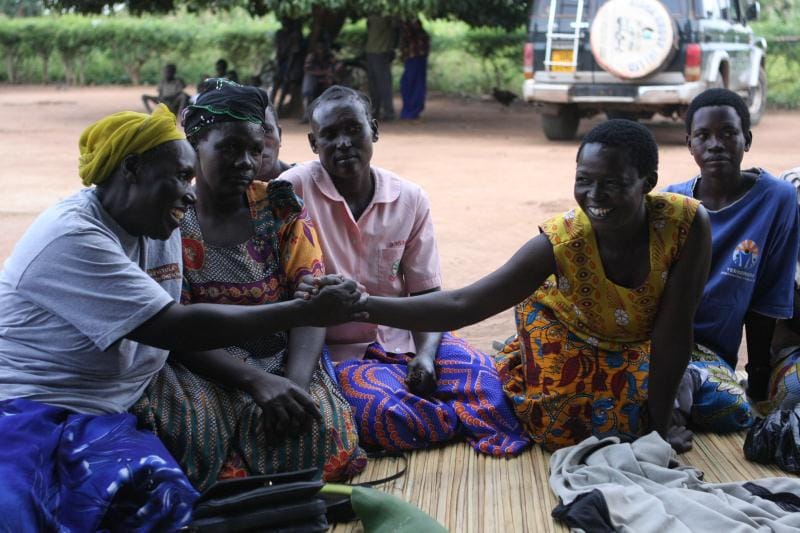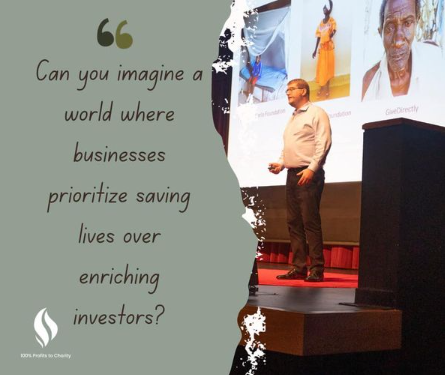Last week, I shared the details of my charitable donations in 2015, down to the last cent — where each dollar went and why I made those choices.
Since becoming an effective altruist and working in the nonprofit world, I've become much more aware of the way donations are accepted and used by charities, and how to find one that uses their capital well.
Here are four tips to ensure you're making the best decision about how and where to give:
1. STOP LOOKING AT "OVERHEAD." START LOOKING AT IMPACT.
It is a common and oft-discredited myth that a company's "overhead" is an indicator of financial irresponsibility. Instead of looking at Charity Navigator's almost-meaningless assessments of "Organization A spends 40% of their budget on marketing," look at 990s and annual reports to run the numbers yourself. If Organization A doubled its marketing budget last year but distributed eight times as many vaccines as a result of increased visibility and funding, then this is an organization to support: one that can achieve its goals, and continually solves for its constituents.
2. NEVER RESTRICT YOUR DONATIONS.
Under the guise of transparency and donor cultivation, some organizations will offer you the opportunity to direct your funds to a specific program of your choice. First of all, this is a red flag. No highly effective organization would allow its donors to restrict their donations right off the bat: they know that they are trustworthy and assure you that your dollars are well-spent. However, if you have the opportunity to support a specific clinic location or new initiative, always opt to designate your donation as "General support" or "General operating funds." How can you possibly know what this organization needs the most right now? If you don't trust the team with your money, don't give it to them.

Women receive treatment for childbirth injuries at Fistula Foundation's Uganda medical facilities. (Credit: Fistula Foundation)
3. FIND AN ORGANIZATION YOU CARE ABOUT AND SUPPORT IT CONSISTENTLY.
Sustainable funding is a challenge for every organization. Yes, your $50 once per year (when you get thousands of appeals in December) does good, but not nearly as much as if you focus your efforts and dollars in one place. Fistula Foundation, for instance, can find nine $50-donors to fund one surgical procedure, and likely count on those donors for one or two more donations in their lifetime. However, a single donor who truly cares about and understands this cause can automatically donate between $10 and $50 per month, and provide dozens of surgeries throughout their lifetime.
Read more: How I pick my favorite effective charities
4. FIND MATCHING GIFT OPPORTUNITIES.
At least four of my donations were made toward the end of 2015, when gifts are often doubled in a last-minute push to meet the calendar year's budgeted goals. December 30 and 31 are consistently the biggest days of the year for charitable donations, and now that Giving Tuesday has taken off, your favorite charity has likely found a donor who will match your contribution on those days.
But there are matching opportunities all year round: your employer, for one. If you work for a large corporation, chances are good that all you need to do is fill out a form saying how much you donated to what and when, and your employer will match your gift once they verify it with your charity. Digital spaces like the Fundraise page at AgainstMalaria.org (also highly effective, recommended by GiveWell and The Life You Can Save), often feature generous donors who will match gifts from fellow supporters around the world.



